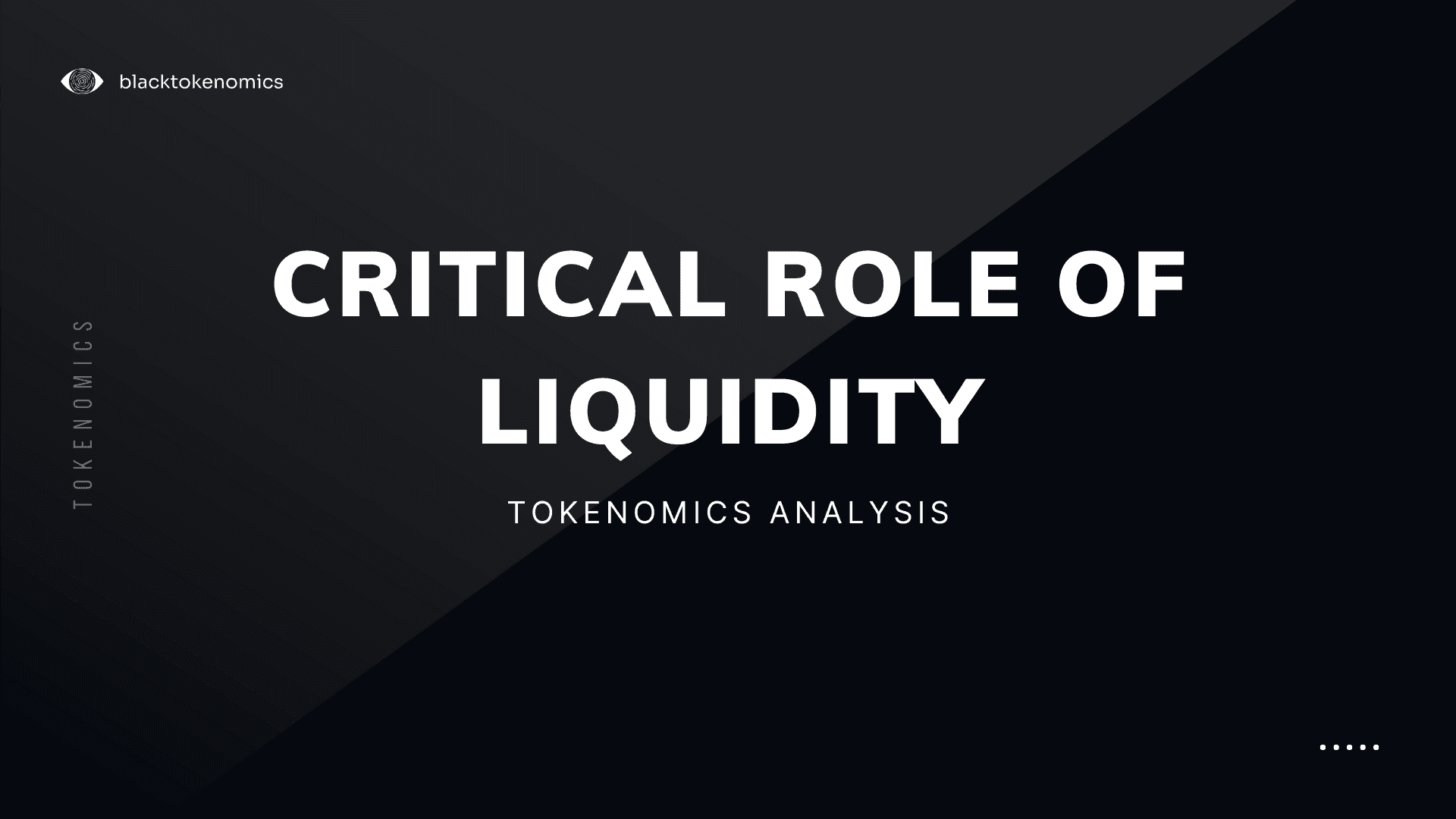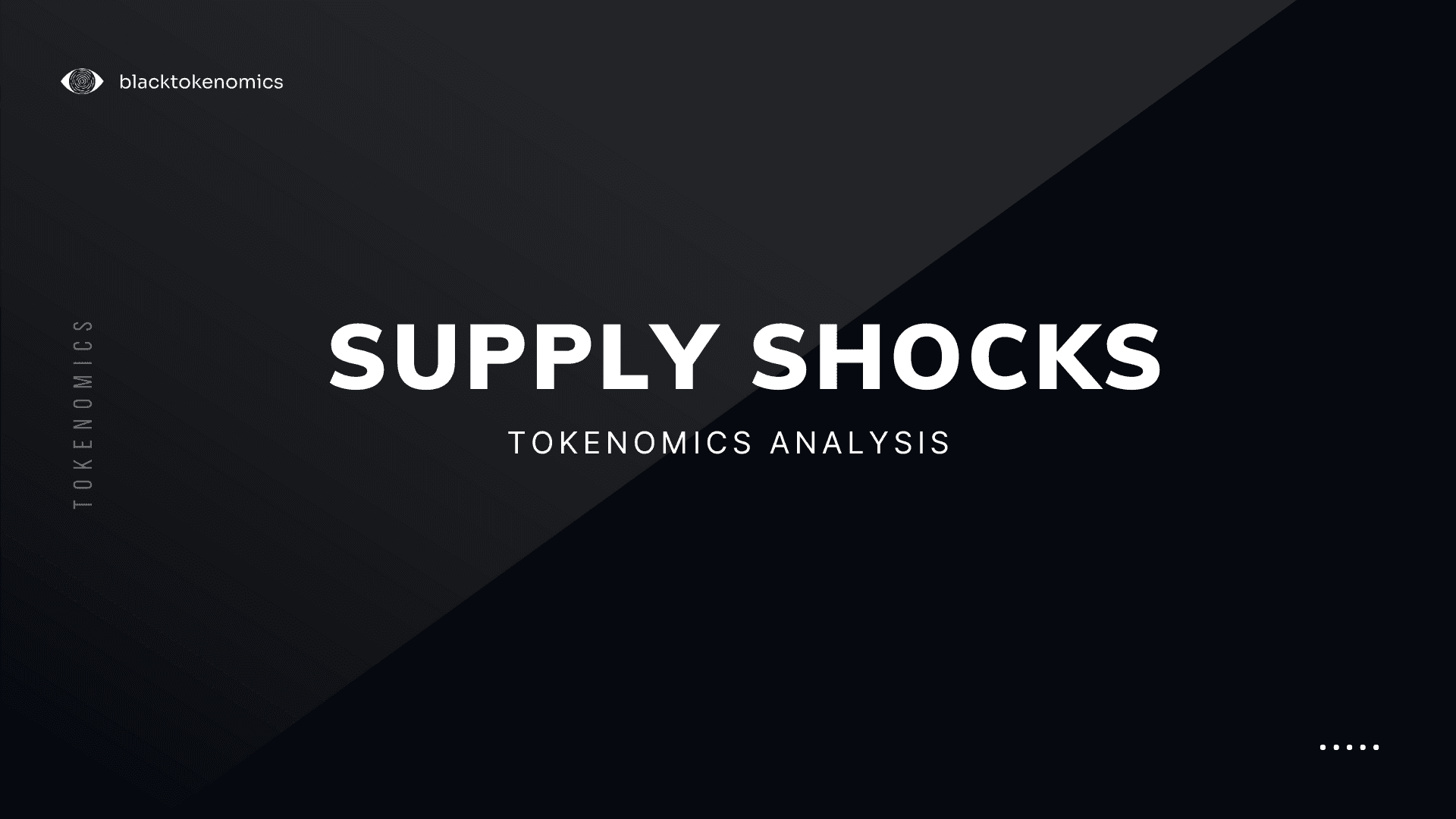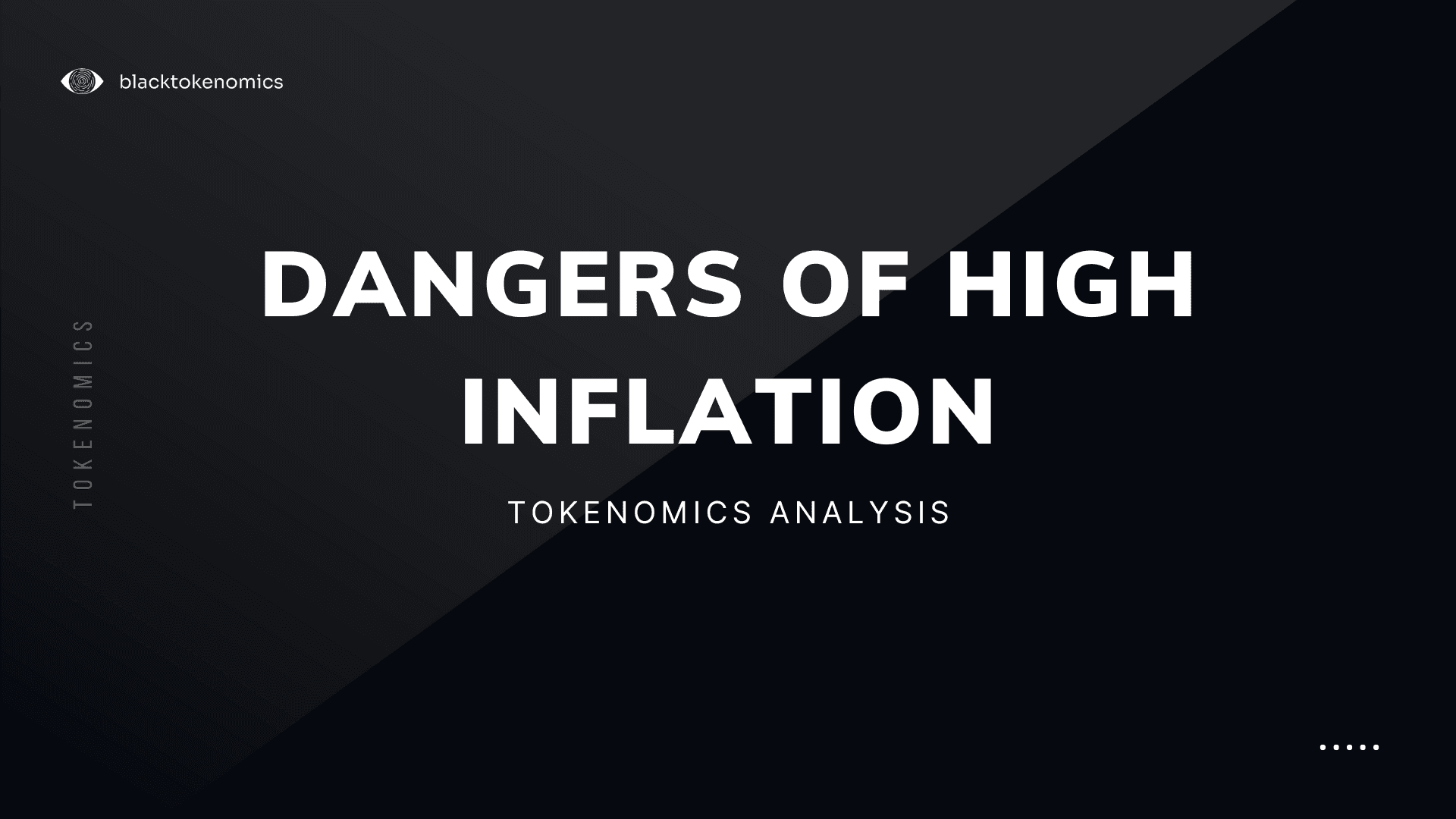
Domas Golysenko
In the complex world of cryptocurrencies, ‘liquidity’ signifies the degree to which a token can be bought or sold in the market without affecting the token’s price.
Thoughtfully designed liquidity models are the backbone of a cryptocurrency project’s survival and success. Despite the vital role liquidity plays, it’s alarming how often emerging projects fail in this regard.
Many projects embark on their journey with either inadequate or poorly managed liquidity, resulting in volatile token prices and, in worst-case scenarios, the collapse of the project itself.
In this article, we’ll dive into the importance of liquidity in token design and the pitfalls of neglecting it.
Issues When Having Bad Liquidity Management:
Price Volatility Caused by Insufficient Liquidity
When a crypto project lacks adequate liquidity, even minor trading activity can lead to drastic shifts in the token’s value.
This is because there aren’t enough orders in the market to absorb the impact of trades, no matter how small. As a result, prices can swing dramatically and unpredictably.
This unpredictability not only creates a high-risk trading environment, but it also deters potential investors who might be afraid of these wild price swings.
Such extreme volatility can threaten the project’s stability, as it may slow participation and drive away current token holders.
Challenges of Trading in Low-Liquidity Markets
A low liquidity environment complicates the trading process. In a market where there aren’t enough buyers or sellers, executing trades can become challenging.
An individual looking to sell tokens might struggle to find a buyer willing to purchase at the desired price, leading to a delay in transactions. Similarly, potential buyers might find it hard to acquire tokens without pushing up the price.
This can result in slow and inefficient trading, making the token less attractive to traders and investors.
Loss of Investor Confidence
Liquidity serves as an indicator of a project’s health and attractiveness. When liquidity is low, it signals potential risks to investors.
They might worry about not being able to liquidate their holdings promptly should they need to exit their positions.
These concerns can undermine investor confidence in the project, making them hesitant to invest or continue holding the tokens.
This hesitance can lead to a decreased demand for the token and a subsequent drop in its value.
Price Manipulation in Illiquid Markets
A market lacking sufficient liquidity is prone to price manipulation. A single participant or a group with substantial token holdings can significantly influence the token’s price by initiating large buys or sells.
These so-called ‘whales’ can drive up the price by buying large quantities or cause it to crash by selling off their holdings, leading to artificial price movements that don’t reflect the true value of the project.
This manipulation can distort market perceptions and scare off potential investors.
Long-Term Sustainability Risks
Chronic liquidity issues can affect a project’s ability to sustain and grow over the long term. Without sufficient liquidity, attracting new investors or users becomes challenging, as the token can appear risky and unattractive.
Moreover, existing token holders might exit the project, further reducing the demand and value of the token.
These issues can severely limit the project’s potential for development and growth, and in severe cases, could lead to the project’s demise.
Long-Term Sustainability Risks
Insufficient liquidity in crypto markets causes extreme price volatility.
Low liquidity in the markets complicates trading, leading to challenges in buying and selling crypto tokens.
Low liquidity signals potential risks to investors, which causes the loss of their confidence.
Decreased confidence lowers token demand, subsequently reducing its value.
Illiquid markets are prone to price manipulation by ‘whales’, causing artificial price movements for their own benefit.
Problematic liquidity issues can challenge a project’s long-term sustainability and growth.
How Good Tokenomics Solve Liquidity Issues?
They Make it More Stable
Good tokenomics models can help ensure a stable supply and demand for the token. This means there’s always enough tokens to buy and sell, and there’s enough people who want to do so.
When a token has stable supply and demand, it avoids big price swings, which can scare away investors and make it harder for people to buy or sell.
They Incentivise Token Holding
A well-designed tokenomics structure will incentivize people to hold the token, which can increase demand and reduce the chance of large amounts of tokens being sold off at once.
This can be done through mechanisms like staking, where token holders can earn rewards, or burn mechanisms, which reduces the total supply of tokens over time.
They Focus on Token Distribution Fairness
Good tokenomics also ensures a fair distribution of tokens, preventing a small number of holders from owning a large percentage of the total supply.
If a few people own most of the tokens, they can manipulate the price and liquidity by buying or selling large amounts at once.
They Prioritize Long-Term Growth
Lastly, sound tokenomics design should promote long-term growth and use of the token. This includes having a clear use case for the token within its ecosystem, which can drive demand and promote liquidity naturally. For more insights, check out our article on how to design tokenomics.
Ending Remarks
It is evident that liquidity plays a crucial role in the successful design and operation of a token.
The risks associated with inadequate liquidity – price volatility, trading complications, undermined investor confidence, price manipulation, and the threat to long-term project sustainability – clearly highlight the importance of carefully designed tokenomics.
A robust tokenomics model, characterized by stability, incentives for holding, fair distribution, and long-term growth, is instrumental in circumventing liquidity-related challenges.
It not only increases the confidence of potential investors but also shields the token from unwanted price manipulation.
Therefore, for any cryptocurrency project aspiring to thrive and stand the test of time, a well designed tokenomics model that ensures the right liquidity is not just a desirable component, but a fundamental necessity.
Domas Golysenko
Research Department Lead



